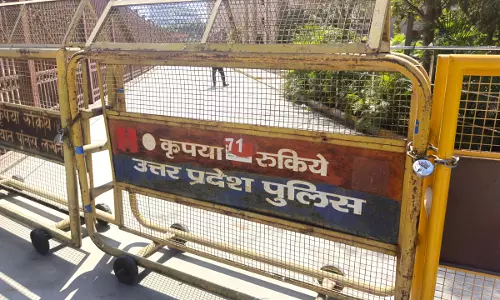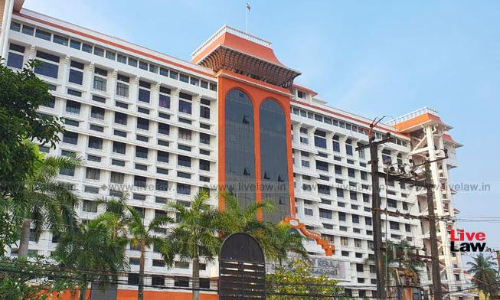Remedy Under SARFAESI Act Subject To Provisions Of Limitation Act: Calcutta HC [Read Judgment]
![Remedy Under SARFAESI Act Subject To Provisions Of Limitation Act: Calcutta HC [Read Judgment] Remedy Under SARFAESI Act Subject To Provisions Of Limitation Act: Calcutta HC [Read Judgment]](https://www.livelaw.in/cms/wp-content/uploads/2013/11/Calcutta-HC.jpg)
The Calcutta High Court on Friday ruled that any remedy under Securitization and Reconstruction of Financial Assets and Enforcement of Security Interest Act, 2002 (SARFAESI Act) would be subject to the provisions of Limitation Act, 1963.“The Act of 2002 gives an independent right to a secured creditor to proceed against its financial assets and in respect of which such asset the...
The Calcutta High Court on Friday ruled that any remedy under Securitization and Reconstruction of Financial Assets and Enforcement of Security Interest Act, 2002 (SARFAESI Act) would be subject to the provisions of Limitation Act, 1963.
“The Act of 2002 gives an independent right to a secured creditor to proceed against its financial assets and in respect of which such asset the secured creditor has security interest. The right to proceed, however, is subject to the adherence to the provisions of limitation as enshrined in the Limitation Act, 1963. The provisions of the Limitation Act, 1963 are, therefore, attracted to a proceeding initiated under the Act of 2002,” Justice Debangsu Basak observed.
The Court was hearing a Petition filed by one Dr. Dipankar Chakraborty, assailing the invocation of provisions of the SARFAESI Act by the Bank, on the ground that at the time of invocation, the same was barred by the laws of limitation.
Dr. Chakraborty had obtained credit facility from Punjab National Bank. He had, however, alleged that the bank had caused him losses due to “unlawful activities”, subsequent to which he had filed a money suit before the City Civil Court for recovery of the damages. The Bank had, thereafter, filed a proceeding under Section 19 of the Recovery of Debts Due to Banks and Financial Institutions Act, 1993 before the Debts Recovery Tribunal, Kolkata. The Bank had also issued a notice under Section 13(2) of the Act of 2002 in 2011.
The issue now before the Court was whether the notice under Section 13(2) could have been issued in 2011, when the mortgage on the immovable property was created in 1995. This was in light of the limitation period of 12 years as provided Article 62 of the Schedule to the Limitation Act, 1963.
The Bank, on the other hand, had submitted that the period of limitation stopped on filing of proceedings under Section 19 of the Recovery of Debts Due to Banks and Financial Institutions Act, 1993.
The Court, however, ruled in favour of the Petitioner, and opined that a suit for mortgage could have been instituted only by 2007, according to the Limitation Act, 1963. It further observed, “In other words, a bank cannot take the benefit of the pendency of the proceedings before the DRT to claim that, a proceeding under the Act of 2002, which is otherwise barred by limitation to be validly instituted within the period of limitation.”
The Court noted that the remedy under SARFAESI Act is simply a new means of enforcing a right that had existed even before the Act had come into force, and observed, “That remedy is the right to sell a mortgage property and recover the sum which it secures from the sale proceeds. In the present case, since right to file a suit or proceedings stood extinguished, the SARFAESI Act would not revive this extinguished claim.”
Read the Judgment Here





